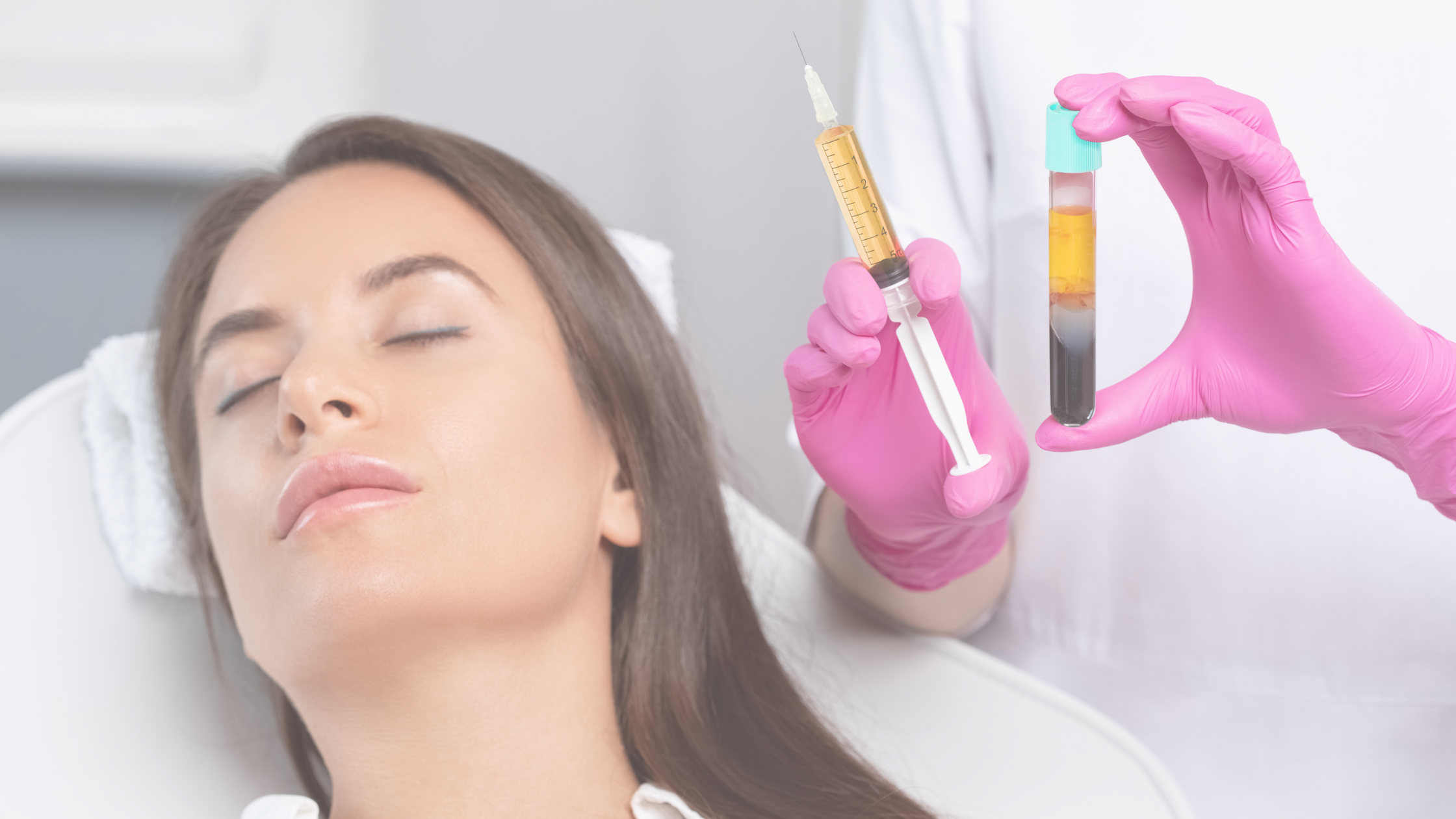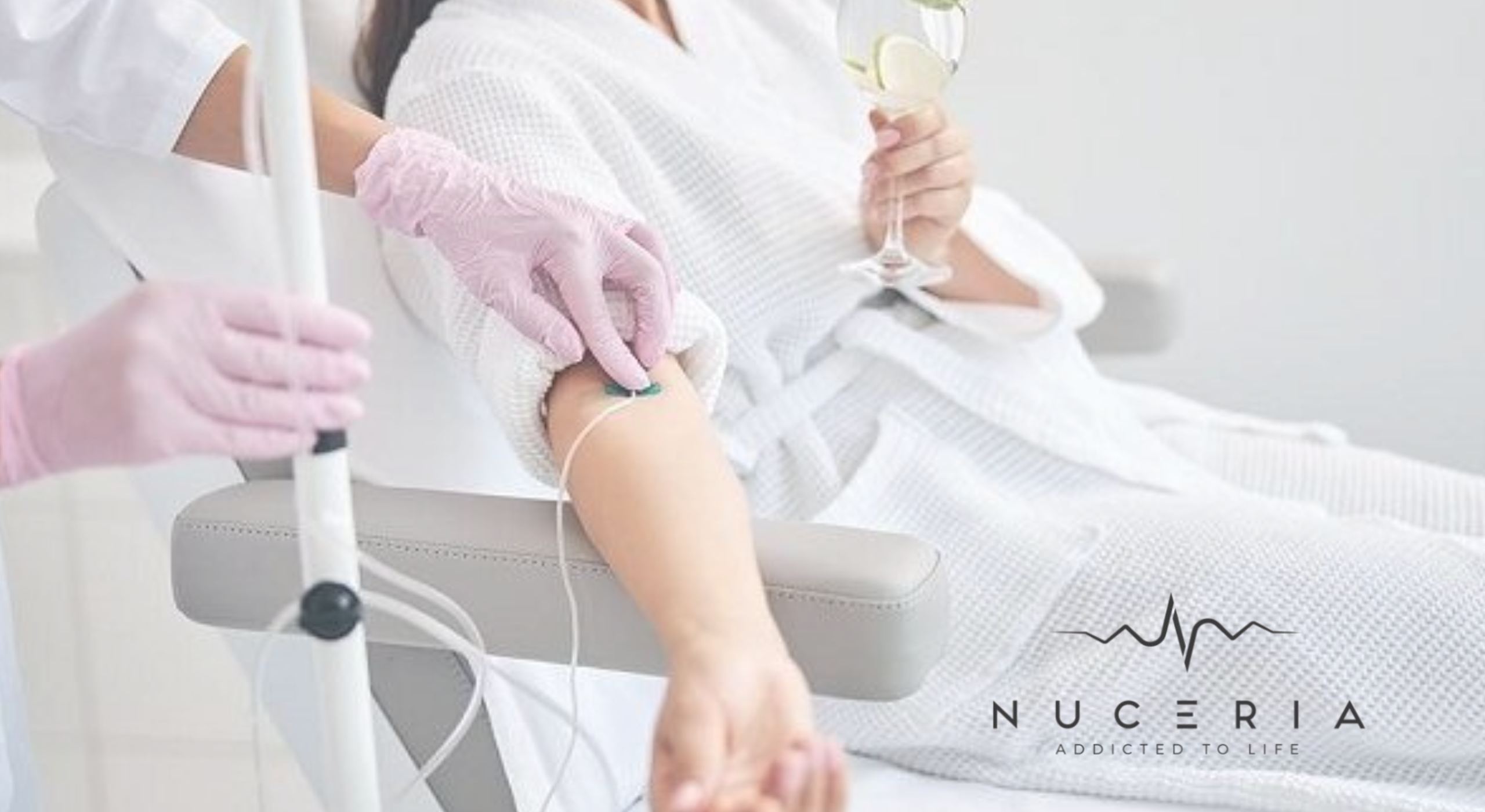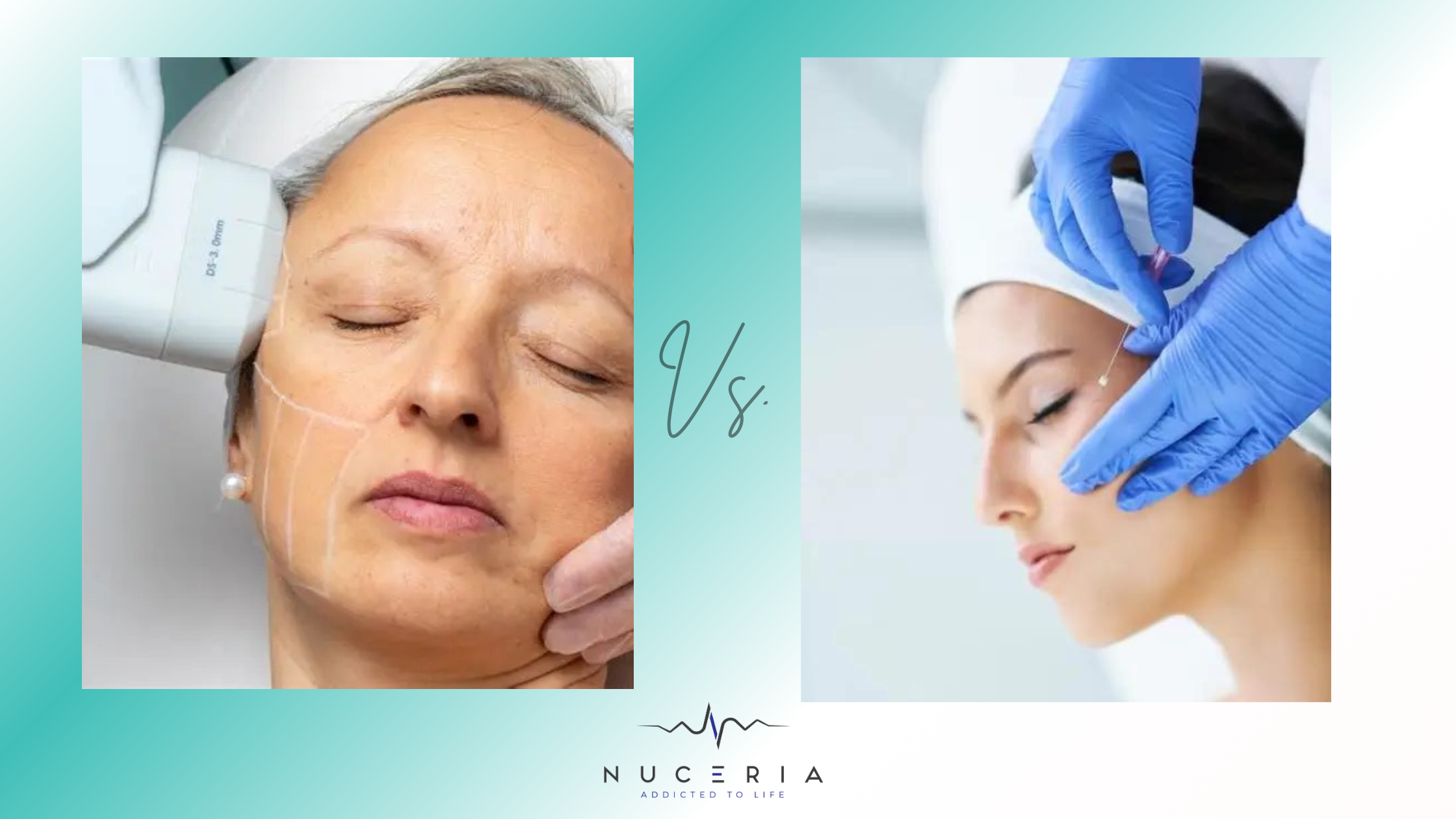Botox vs. Dysport
About Botox
Botox has been known to be the go-to when it comes to reducing wrinkles, but that is because many people are not aware of the other options that are similar to the popular toxin.
Botox is used to treat areas such as crow’s feet, forehead lines, and glabellar lines (the vertical lines in between your eyebrows). For treatment, the number of units needed depends on the area of treatment and the severity of the wrinkles. The effects of this treatment last around 4 months before needing follow up injections.
The cost of Botox is $10/unit. The amount of units you need can be provided to you during a free consultation here at Nuceria.
About Dysport
Dysport is an alternative to Botox that is less known because of its usage in Europe long before receiving FDA approval here in the US.
The treatment areas for Dysport are remotely the same as those of Botox, and the number of units also depends on the area of treatment and the severity of the wrinkles.
The effects of Dysport, though, can last for up to 5 months. This is because it all depends on the metabolism of the person receiving the treatment. Those who tend to workout often may process Dysport quicker than those who do not, therefore the follow up injections for Dysport tend to be closer to the original treatment date.
The cost of Dysport is $5/unit. The amount of units you need can be provided to you during a free consultation here at Nuceria.
What else can Botox/Dysport treat?
Botox and Dysport are both known for treating facial lines and wrinkles, yet many people do not know what else these neurotoxins are capable of.
These neuromodeculars are also able to help with hyperhidrosis (sweaty hands/underarms). Hyperhidrosis affects both men and women, and may be caused by genetic factors, stress, anxiety, mild physical activity and other triggers. This condition affects the underarm area most frequently, but it can also affect the palms of the hands and soles of the feet.
Botox/Dysport treat hyperhidrosis by blocking acetylcholine, a nerve signal responsible for sweating. The effects of this treatment last about 6-9 months before needing follow up treatment.


Main Differences
The difference between Botox and Dysport comes down to the following:
-
Dosage: The most important varying factor of Botox and Dysport is dosage. It takes about 3 units of Dysport to amount to 1 unit of Botox. 100 units of Dysport does not equal 100 units of Botox.
-
Dilution: Dysport is more diluted than Botox. This does not mean that dysport is less effective than Botox, but that more units of Dysport are needed in order to match a lower quantity of Botox.
-
Molecules: Dysport contains smaller molecules compared to Botox, meaning that Dysport works faster and has a larger area of spreading.
-
Diffusion: Dysport is known to diffuse more than Botox, causing it to spread to a broader area after it’s been injected. This means it is able to treat a larger area in fewer injections, yet this could be less beneficial when trying to treat a small area where precision is needed.
-
Results: The effects of dysport are usually seen 3-4 days after treatment, while Botox averages around 14 days for results to fully be seen
Conclusion
In the end, Botox and Dysport are relatively the same with only a few differences between the two. The choice between Botox and Dysport may come down to personal preference or the opinion of the injector. Not sure which one to choose? Book a free consultation here at Nuceria to go over which treatment option is more suitable for you and your needs.
Request an appointment here: https://mynuceria.com or call Nuceria Health at (305) 398-4370 for an appointment in our Miami office.
Check out what others are saying about our services on Yelp: Wellness Center in Miami, FL.







